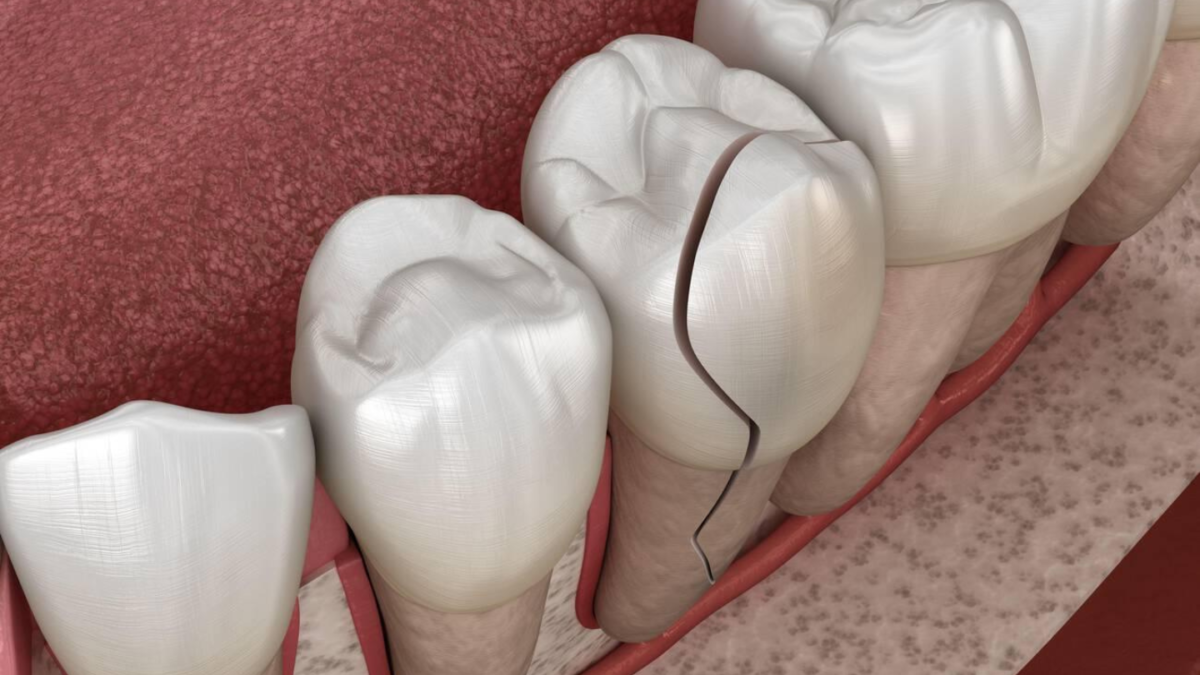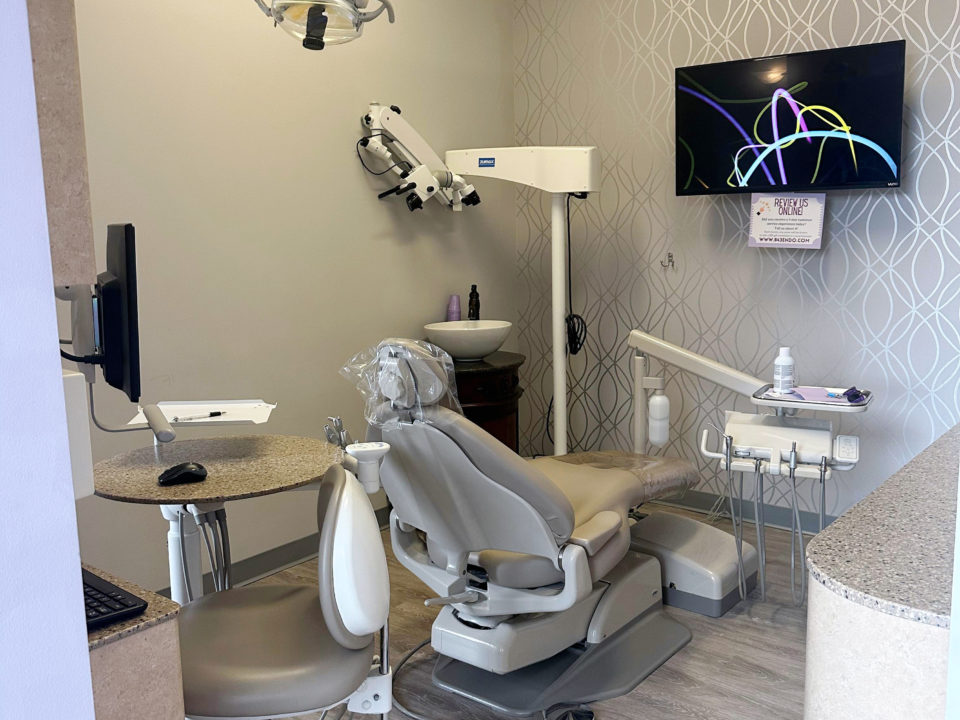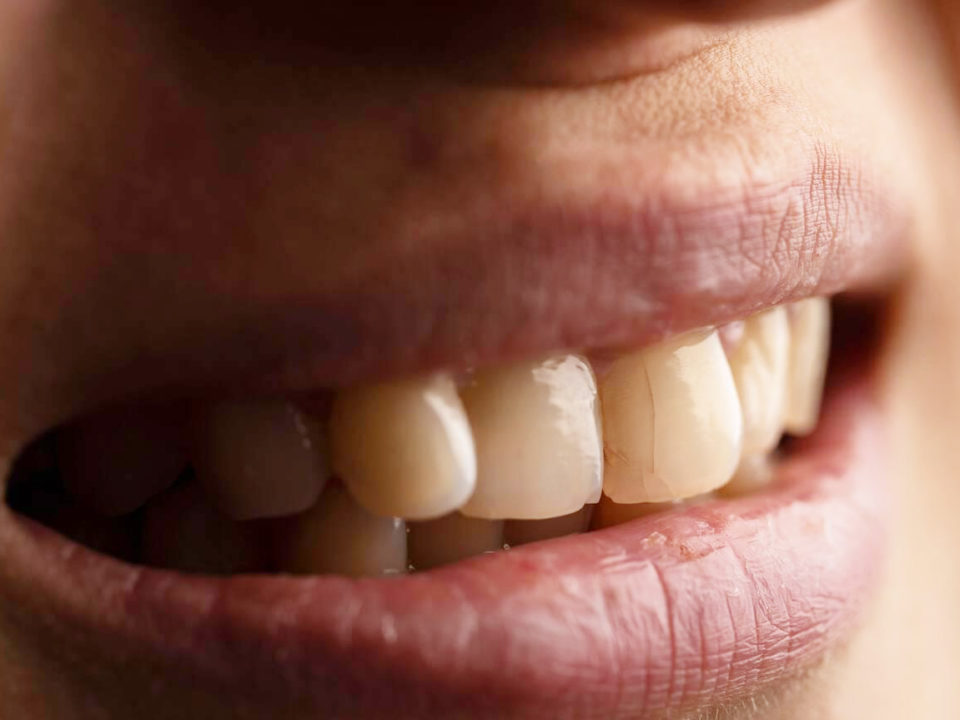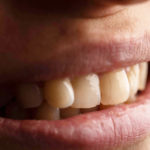
What Causes Teeth To Crack?
April 26, 2023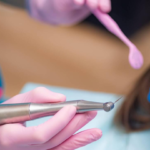
Our Top Root Canal Recovery Tips
May 5, 2023
What Causes Teeth To Crack?
April 26, 2023
Our Top Root Canal Recovery Tips
May 5, 2023You may notice a crack in a tooth after an accident, or it might not become evident until your dentist x-rays your teeth. In many of these cases, patients come to us at Innovative Endodontics and ask, “Does a cracked tooth need to be pulled?”
Luckily, endodontic care can save many cracked teeth from needing extraction. To find out if you need endodontic treatment or extraction, see an endodontist as soon as possible for an evaluation of your tooth.
Signs of a Cracked Tooth
You may notice physical signs of a cracked tooth before you see it. If you have any of the following symptoms of a crack in one of your teeth, schedule a visit with an endodontist:
- Intermittent discomfort
- Extra sensitivity to heat and cold
- Discomfort on biting down or upon release
Because cracked teeth have erratic symptoms, you may not notice that you have a problem. However, if you have any dental pain, even if it seems only to come and go, you need to see a dental professional. Putting off treatment of a cracked tooth can have dire consequences.
Consequences of Delaying Treatment for a Cracked Tooth
Cracks in teeth often start very small, which explains why you may not see a crack at first. A small crack can propagate to a larger crack. Plus, the crack allows bacteria to reach the pulp inside your tooth, where it can cause an infection.
If you think you have a cracked tooth, don’t put off going to the endodontist. Delaying treatment increases your risk for infection and raises the chances that the crack can grow larger. Some very large cracks may require tooth extraction, depending on the crack’s size, shape, and orientation.
Types of Cracks in Teeth and Why They Matter
Cracked teeth are not all the same. In fact, the type and size of the crack make a major difference in how and whether an endodontist can treat it. The types of cracks that endodontists see include the following:
Craze Lines
Craze lines look like cracks in the teeth but don’t extend deeper than the tooth’s enamel. Therefore, these cracks are only superficial and don’t cause damage or discomfort. If you feel any discomfort, you may not have craze lines in your teeth but a crack that needs treatment.
Cusp Fracture
Damage to only the cusp of the tooth that causes a small chip of the tooth to fall off is a cusp fracture. Generally, you won’t feel discomfort from these types of cracks because the damage does not expose the sensitive nerve inside the tooth to air or other stressors.
Most people get cusp fractures in teeth treated with fillings because the filled tooth has a weaker structure than intact teeth. A crown or new filling repairs this type of damage. If you do feel pain, you may have a different kind of crack that needs more extensive endodontic care.
Cracks in the Biting Surfaces of Teeth
Cracks that affect the biting areas of a tooth fall into one of two categories, treatable and untreatable. The former are cracks that remain above the gumline. An endodontist can perform a root canal to clear bacteria from the tooth.
Untreatable cracks can start as treatable ones that extend below the bone. The American Academy of Endodontists notes that endodontic care cannot save these teeth, and they need extraction.
Split Teeth
When a crack gets long enough to split the tooth into two parts, the tooth becomes split. The location of the split and the size of the pieces of the tooth determines whether an endodontist can save part of the split tooth with endodontic treatment. In most cases, part of the tooth will require removal, while the endodontist will try to help preserve the remainder.
An endodontic evaluation is vital because every case of a split tooth differs, and your endodontist will need to image your tooth to choose the best course of action for your case.
Vertical Fracture
When a tooth has a crack that starts at the root tip and moves upward, it is a vertical crack. Because these cracks remain entirely hidden under the gums, they may not cause discomfort or other symptoms. For many people, the first indication of one of these types of cracks is swelling around the gum from an infection in the bone or gum near the crack.
Often, extraction will correct the issue. However, if the fracture only impacts one part of the tooth, an endodontist might perform surgery to remove the cracked part of the tooth and preserve the rest. As with other types of cracked tooth care, you must have an evaluation to determine the type of treatment you need.
Endodontic Treatment to Save Cracked Teeth
Treatment for cracked teeth depends on the type of crack and how much of the tooth it impacts. The endodontist will take images of your tooth to choose which treatment will help save as much of the tooth as possible or if you need an extraction.
Endodontists may perform a root canal for small cracks as well as surgery. Talk to your endodontist about the treatment your tooth needs to save it from extraction.
When Does a Cracked Tooth Need to Be Pulled?
There are some instances when even the best endodontic care cannot save a cracked tooth. Your endodontist will tell you if you have a cracked tooth that requires extraction.
Get Prompt Attention for Your Cracked Tooth from Innovative Endodontics
Don’t let a cracked tooth get worse. If you have discomfort in a tooth or a visible crack, make an appointment with us at Innovative Endodontics. We offer professional, compassionate treatment with the latest technology to help our patients keep their teeth.

